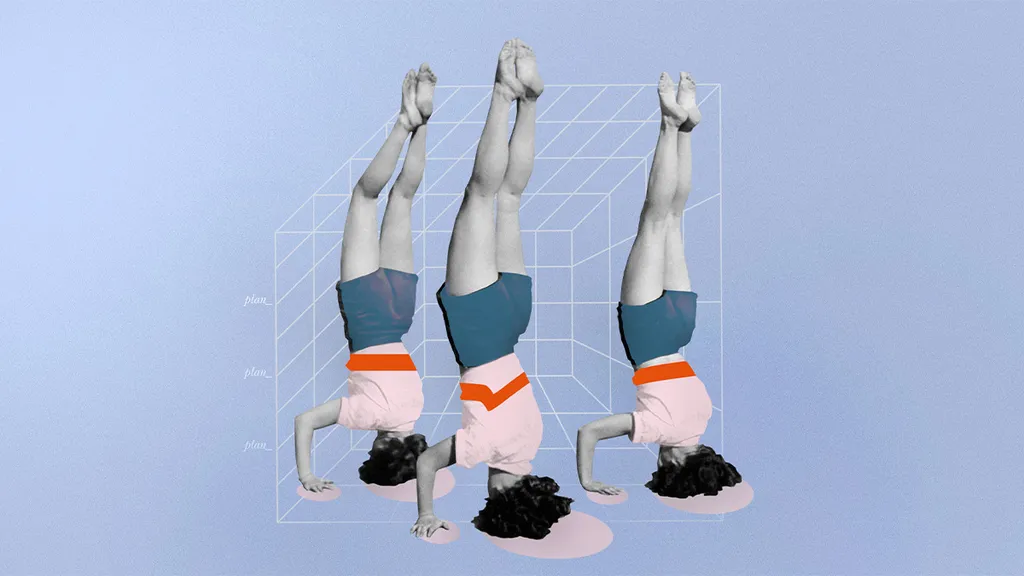Researchers from Carnegie Mellon University, including Thuy Ngoc Nguyen, Anita Williams Woolley, and Cleotilde Gonzalez, have published a study that delves into the intricate dynamics of implicit spatial coordination in teams, particularly in high-stakes, fast-paced environments where explicit communication is limited. Their findings offer valuable insights into how teams perform under pressure and how spatial coordination can be leveraged to enhance collective intelligence and operational success.
The study focuses on teams that must coordinate their movements in physical space without relying on visual cues or extensive explicit communication. This is particularly relevant for professions such as firefighting, military operations, law enforcement, and emergency response, where split-second decisions and seamless teamwork are critical. The researchers examined three key dimensions of spatial coordination: exploration diversity, movement specialization, and adaptive spatial proximity.
Exploration diversity refers to how team members distribute themselves across a shared environment, ensuring comprehensive coverage. Movement specialization involves the division of labour, where each team member focuses on specific tasks or areas, optimising efficiency. Adaptive spatial proximity measures how team members adjust their positions relative to one another in response to changing circumstances, balancing the need for collaboration with the necessity of individual action.
The researchers analysed data from 34 four-person teams, comprising 136 participants, who were assigned specialised roles in a collaborative online search and rescue task. The task was designed to restrict explicit communication, forcing participants to rely on movement patterns to infer intentions and coordinate actions. The study’s metrics captured the relational aspects of teamwork by measuring spatial proximity, distribution patterns, and alignment of movements within shared environments.
The results revealed that spatial specialization positively predicts performance, indicating that teams benefit from clearly defined roles and responsibilities. However, adaptive spatial proximity exhibited a marginal inverted U-shaped relationship, suggesting that moderate levels of adaptation are optimal. Teams that were too rigid or too fluid in their spatial adjustments performed less effectively than those that struck a balance.
Furthermore, the temporal dynamics of these metrics differentiated high-performing teams from low-performing ones over time. High-performing teams demonstrated a more nuanced and adaptive approach to spatial coordination, adjusting their strategies as the situation evolved. This adaptability allowed them to maintain cohesion while responding effectively to dynamic challenges.
The findings have significant implications for training and AI-assisted team support systems. For instance, understanding the optimal balance of spatial specialization and adaptive proximity can inform the design of training programs that enhance team coordination. Additionally, AI systems could be developed to monitor and support teams in real-time, providing adaptive guidance to improve performance.
This research underscores the importance of implicit spatial coordination in role-based teamwork and highlights the need for balanced adaptive strategies. By leveraging these insights, organisations can better prepare their teams for high-pressure environments, ultimately enhancing collective intelligence and operational success. Read the original research paper here.

